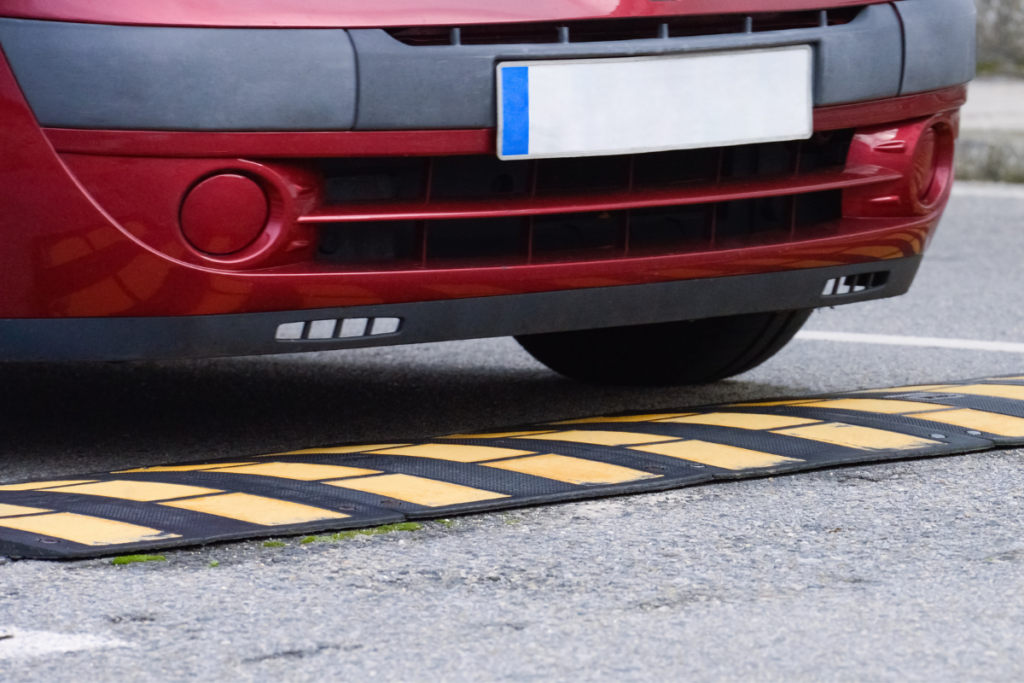Over the years, numerous myths about cars have developed, sparking endless debates without ever reaching a definitive truth. Some of these beliefs are so deeply ingrained in common knowledge that they often go unquestioned by most drivers. In this article, we’ll take a closer look at some of the most common car myths. From fuel consumption to driving techniques and mechanical systems, many of these misconceptions need to be addressed and clarified. First off, it’s important to note that driving in neutral is not only unsafe but also ineffective when it comes to saving fuel. Modern cars with electronic fuel injection systems automatically stop fuel delivery when the engine isn’t under load, which typically happens when you're in gear. So, even if you're coasting, the system still works efficiently. However, in older vehicles with carburetors, there was a slight fuel-saving benefit due to vacuum formation. But in modern cars, keeping the car in gear allows the engine to work more efficiently, reducing strain on the brakes and improving overall safety. If your car won’t start, it’s usually due to a specific issue—like low fuel, a dead battery, faulty spark plugs, or an engine problem. Instead of trying to push-start it, which can cause serious damage to the timing belt, pistons, and valves, it’s best to seek professional help from an emergency service. Attempting to push the car can lead to expensive repairs and even a hydraulic lock, which can ruin the engine entirely. Always prioritize safety and proper diagnosis before taking any action. You might think filling up your tank early in the morning or late at night could save money because fuel is denser when it's colder. However, gas stations store fuel in underground tanks that maintain a consistent temperature, so the time of day doesn’t actually affect the amount of fuel you receive. Therefore, the best strategy is to fill up when you need to, rather than worrying about the time of day. A few years ago, manual transmissions were often seen as more efficient due to their simpler design. However, modern automatic transmissions have come a long way. Today, they can shift gears more smoothly, optimize engine RPMs, and even adapt to your driving style for better performance and fuel economy. Automatic transmissions are now not only more efficient but also more comfortable, making them a great choice for most drivers. This myth is based on the aerodynamics of a golf ball, where dimples reduce air resistance. However, applying this concept to cars doesn’t work the same way. Dirt and grime actually increase drag and add weight, which can make your car less efficient and use more fuel. Keeping your car clean helps improve aerodynamics and fuel efficiency, so it’s worth the effort. While it may seem easier to cross speed bumps diagonally, doing so regularly can put unnecessary stress on your car’s suspension, frame, and springs. It may even cause long-term damage over time. The safest and most effective way is to approach the bump straight on at a moderate speed, which minimizes wear and tear on your vehicle. It’s a common mistake to check your oil while the engine is still hot. When the oil is warm, it expands slightly, which can give an inaccurate reading. To get an accurate level, wait 10 minutes after turning off the engine so the oil has time to settle back into the crankcase. Some people believe that revving the engine before turning it off helps lubricate the parts. In reality, this practice can leave unburned fuel in the cylinders, which then seeps into the oil and contaminates it. This is especially harmful for turbocharged engines, where the turbine can overheat without proper lubrication after the engine is turned off. This myth was more relevant for older cars with carburetors. However, modern vehicles with electronic fuel injection systems don’t require a long warm-up period. Starting the engine and driving gently is actually better for the engine than idling for too long. So, no need to sit and idle—just drive carefully until the engine reaches normal operating temperature. Many people assume tires last forever, but that’s not true. Even if stored properly, tires degrade over time due to exposure to heat, light, and humidity. This can cause the rubber to harden, crack, and lose grip, increasing the risk of blowouts. Most tire manufacturers recommend replacing tires after six years, though some can last up to ten years depending on conditions. Always check the expiration date on the tire sidewall or consult a mechanic for advice. Optical Nanoparticles for Coating Enhancement,High Refractive Index Nanoparticle Dispersions,UV-Curable Nanoparticle Systems Ningbo Merak Advanced Materials Technology Co., Ltd. , https://www.merak-tech.comDriving in Neutral Saves Fuel
Pushing the Car When the Engine Won’t Start

Filling the Tank in the Morning or at Night Is More Cost-Effective
Manual Gearboxes Are More Efficient Than Automatics
A Dirty Car Consumes Less Fuel Than a Clean One
Crossing Speed Bumps Diagonally Is Better

Checking Oil When the Engine Is Warm
Accelerating Before Turning Off the Engine Lubricates the System
Engines Need to Warm Up Before Starting
Tires Have No Expiration Date
July 09, 2025